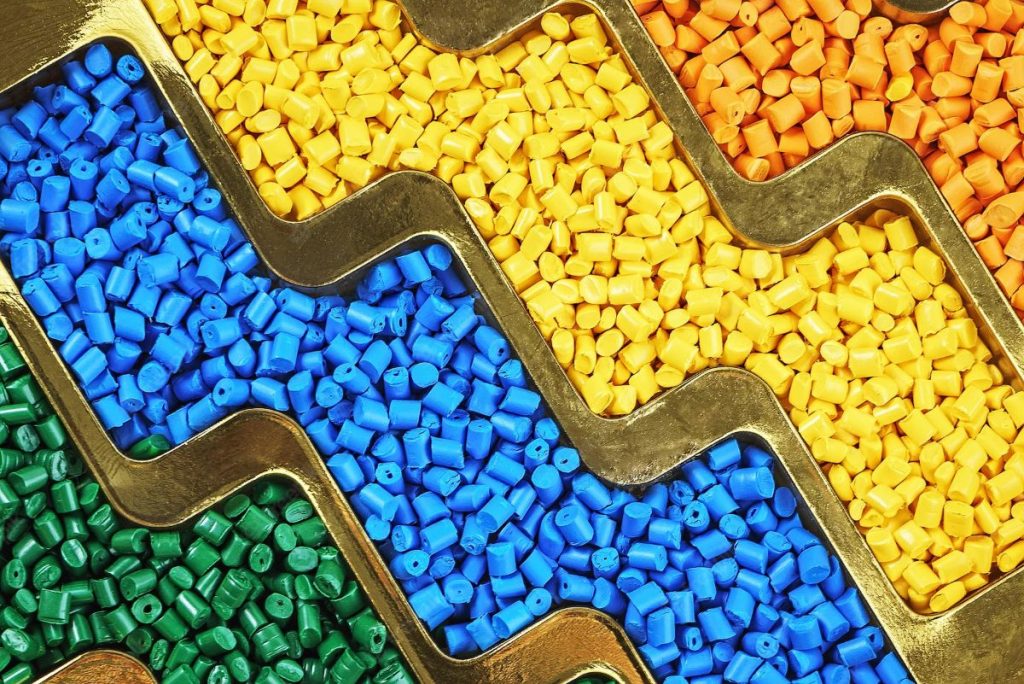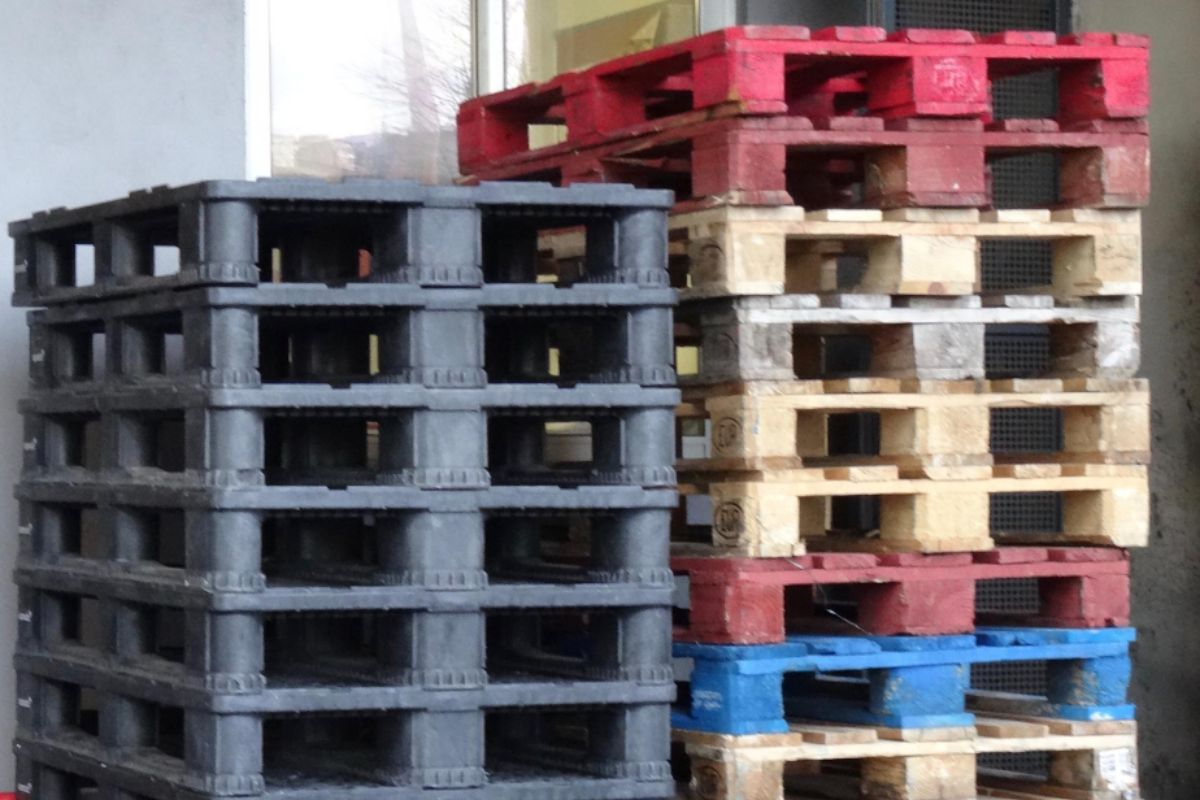What are the different ways to optimize large part injection molding?
- Use a sample batch to do quality control
- Examine and test the mold
- Test the tools and make adjustments
- Process the performance ranges and parameters
- Follow a design of experiments
There are many complexities in the process of plastic injection molding even when producing larger parts. The mold and the products need to be created with an experienced hand and well-planned methodologies. To avoid wasting entire batches of products, this article explains how to optimize large part injection molding. By applying these to your molding process, you may be able to create a more efficient and cost-effective molding process.
Use a sample batch to do quality control
During large part injection molding, quality control is usually conducted after the entire production process has taken place. However, this can lead to many errors in the product.
To optimize injection molding, create, use, and evaluate a sample batch of products. By doing so, you are able to identify problems in the products before running an entire production.
When evaluating a sample batch of large part injection molding, you are able to see firsthand how the whole process will go. Once the products are made, you can evaluate the part’s quality and shot size. You’ll also be able to evaluate your on-hand resin’s melt temperature with the mold instead of what it is rated for.
Data from the sample batch is recorded. This includes the recorded melt temperature, tool temperature, coolant flow cycle, fill time, and pressure curves. The sample batch’s defects are also recorded along with the recommendations for adjustments in the process and tools to be used.
Examine and test the mold
Aside from creating sample products, it’s vital to test the mold to optimize production. You’ll need to examine it and its functionality. It should also be tested with your intended material.
The mold is tested through its short shot testing, fill rate and patterns, and pressure curve assessments. During short shot testing, you are able to determine and document the dynamic pressure loss and cavity imbalance with your sample parts. On the other hand, the product’s rheology curve is determined to indicate its best fill rate and pattern.
There is a wide range of resin materials and formulations. These come with differences in melt temperatures, viscosity, and molding temperatures. To consider all of these factors, you need to also examine the mold of the intended large part. If you don’t, you may encounter many rejected parts.
Test the tools and make adjustments
Testing the tools of the process is the next step in optimizing large part injection molding. This is the stage where you can make the necessary adjustments to yield the results you want.
When tool adjustments are made, you’ll need to undergo the same quality testing with a new set of sample parts. After another round of quality control, you’ll be able to fine-tune the entire process. This leads to more efficient and optimized production. For example, if you experience inconsistent fill times, the design and layout of the tool can be tweaked. If the problem lies in an inconsistent mold temperature, you can fine-tune and adjust the optimal heating and cooling times.
New adjustments are made until the ideal part is created. The stage where you can make the adjustments that lead to tangible results
Process the performance ranges and parameters
Every step in the large part injection molding process has ideal and acceptable performance ranges. This includes the resin, the tools, and the machinery. Adjustments and quality tests are done until all the process parameters are able to meet the performance range.
If the product is outside the acceptable range, the entire injection molding production is considered unoptimized.
Follow a design of experiments
It’s ideal to create a Design of Experiments (DOE) for an optimized process. With a DOE, you are able to execute your testing in a structured way. Here, the production is well-planned and documented. When irregularities happen, they’re easily traced to the source.
A DOE has repeatability, allowing you to create reliable and acceptable parts. Repeatability is important in large part injection molding processes because of its value and efficiency. In this kind of process, it’s easier to undergo troubleshooting. It also allows the operator to be aware of how the entire process works.
If the process can’t be repeated, testing is done under too many variables. This leads to a lot of guesswork and unidentified issues.
Key Takeaway
There are many ways on how to optimize large part injection molding, but the most important method is to create a sample product batch. This allows you to fine-tune and tweak your process until you reach your desired product.
If you’re looking for someone to provide you with large part injection molding services, message us at Richfields. We have the capabilities to make and optimize this process for you with our years of experience. Contact us here today for us to help you with your plastic injection molding needs.










